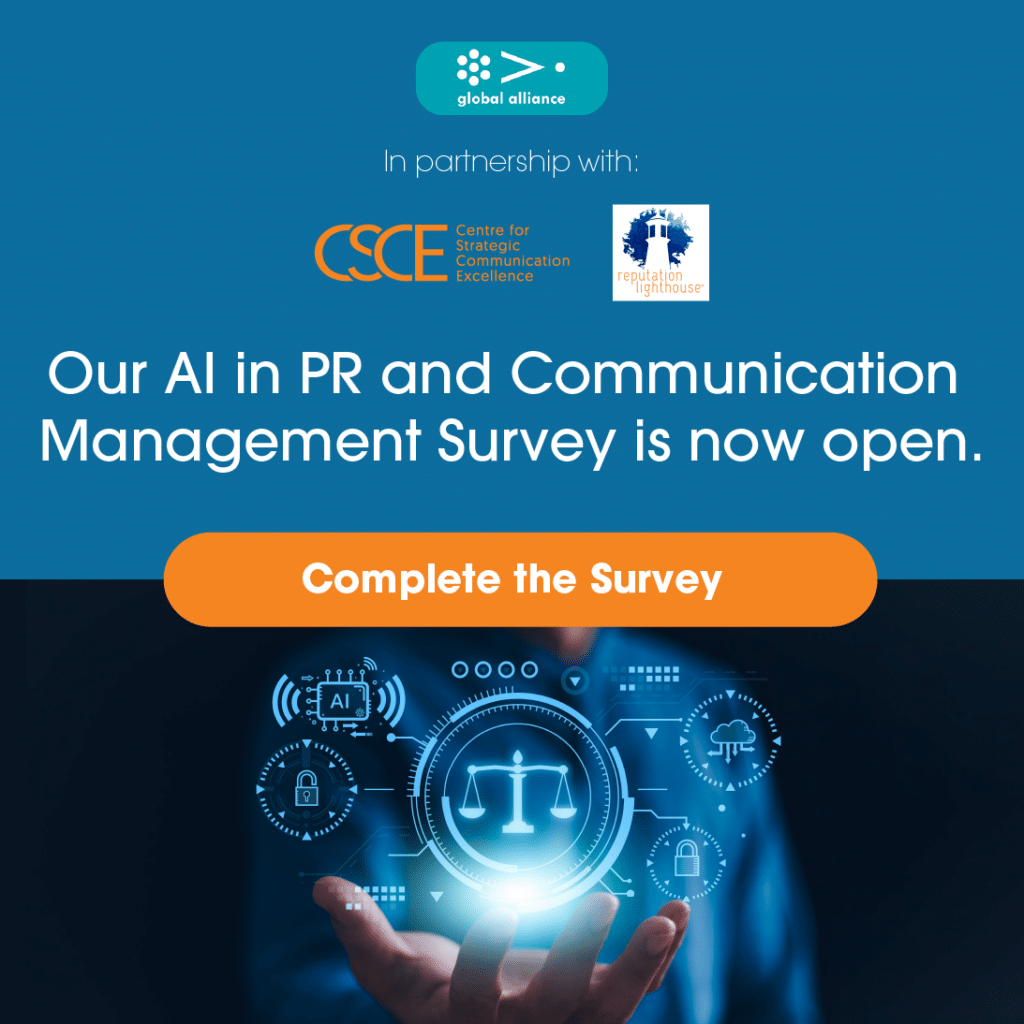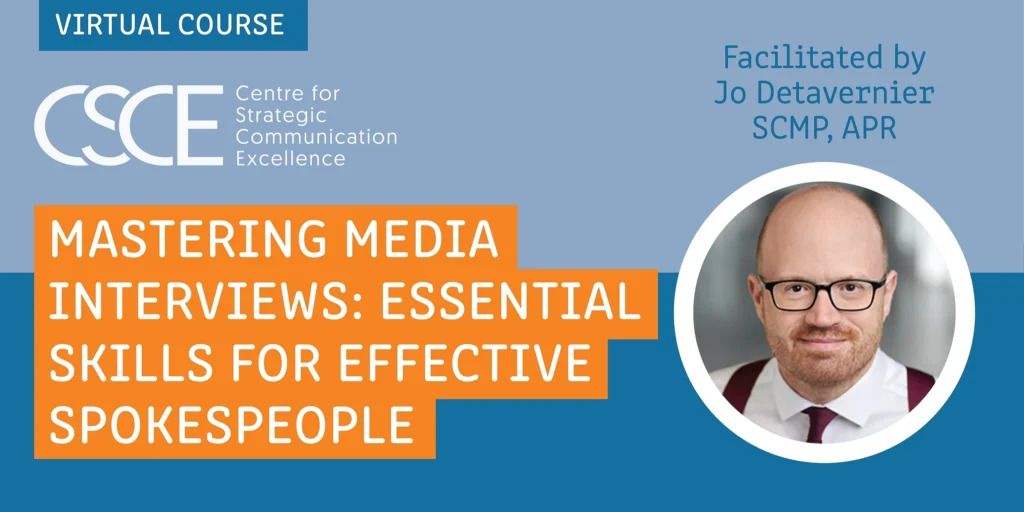So, what is AI? Put simply, it’s opportunity.
Right now, AI is the term on everyone’s lips. It’s fascinating the entire world, including those of us in the communication profession. After all, this is the science fiction we’ve been consuming for decades coming to life before our very eyes.
But there’s an irony about this fascination. Despite our interest, many, if not most, of us can’t quite put our finger on what AI is.
Just try going to a conference where AI is being discussed. You’ll always hear the same question asked. “So, what is it?”
With that in mind, we thought we’d have a go at answering this thorny question here and now.
AI definitions
AI definitions are everywhere and it’s worth noting that they tend to be a bit fuzzy from a general view. That’s because they’re made to work specifically for the organisation or group that coined them. This is a testament to the ongoing growth and development of the field itself.
From its birth in 1958 (when John McCarthy first used the term) to its many derivations today, the definition of AI continues to be honed with each new technological advancement, causing further variance in what it is. With this in mind, we went looking through a host of definitions from different types of organisations.
From the tech side, Amazon Web Services (AWS), offers a credible, simple and concise definition:
“Artificial Intelligence (AI) is the field of computer science dedicated to solving cognitive problems commonly associated with human intelligence, such as learning, problem solving, and pattern recognition.”
From the scientific side, a video released by Britain’s revered Royal Society, provides a concise definition but also gives a deeper dive for those interested:
“AI is the science of making machines smart by using algorithms, to allow computers to solve problems which used to be solved only by humans.”
The video then proceeds to provide further clarity, with examples of AI in different applications. This brings home what AI is and what it can do. This may be quite helpful for certain stakeholder groups with whom we work.
And finally, from the global stage, the World Economic Forum’s (WEF’s) nuanced reference to “a fusion of technologies” of which AI is a part, speaks to an educated, informed audience in the context of the Fourth Industrial Revolution (4IR) – a term first used by them in 2015.
“[4IR] is characterised by a fusion of technologies that is blurring the lines between the physical, digital, and biological spheres.”
In this respect, the coming economic shift is the fourth of four ‘big leaps’ in global production cycles that have occurred in the last 300 years. According to the WEF, 4IR builds on the three previous industrial revolutions:
- 1IR – The first (original) industrial revolution (approx. 1760): Using steam, water, iron and machines to mechanise production
- 2IR – The second industrial revolution (approx. 1860): Using steel, chemicals and electricity to create mass production
- 3IR – The third industrial revolution (approx. 1950s and accelerating in the 1990s): Using electronics and information technology to automate production.
Think of it this way. Past revolutions automated production tasks being done by human beings, each in its own unique time. For instance, the farmers of 1IR learned to use mechanical tools to make farm work easier and better. In 2IR, businesses implemented factories and production lines to mass produce goods quicker and with great uniformity. 3IR brought the use of computers to gather and organise data and information in both our private and professional lives. 3IR also changed the way we communicate.
Now we’re starting to automate the cognitive – what we might call automated decision-making, or ‘thoughtomation’, if you like. AI will enable us to select, organise and interpret data and information at a speed previously out of reach to the human mind.
AI is the sizzle. Automation is the steak.
Now, the Fourth Industrial Revolution brings with it three realities that are worth appreciating.
First, it’s bigger than just AI. The changes we are beginning to see around us stem as much from a long list of ‘dumb’ technologies as they do from AI. Technologies like drones, the Internet of Things, the cloud, virtual reality, augmented reality and so on. Even robots, which have become synonymous with AI, don’t have to be ‘intelligent’ at all.
Second, AI might be the thing everyone’s giddy about, but it isn’t the big issue here. The thing we really should be focused on is the profound change and automation we’re all about to experience.
This is change that will make the last 20 ‘digital’ years look like a lazy Sunday afternoon picnic.
There will be wholesale changes right across our society. In particular, the organisations we work for will change dramatically. They will create new products to meet changing demand. These new products will be created and supplied in totally new ways. And, as employees of these organisations, we will see changes not just to how, when and where we work, but to what we do as well.
And this leads to the third reality. Over the next one to two decades, the Fourth Industrial Revolution has the potential (like all previous revolutions) to create haves and have-nots. Those people who take advantage of the opportunities and those who do not or cannot.
The future is all about people
You’ll hear a lot of talk about how technology will change the competitive balance between organisations. At the risk of being controversial, that’s simply untrue.
Every single piece of technology you have is being used, copied or improved on by others (including your competitors). Technology on its own isn’t a differentiator. It’s a ticket to the game.
Ultimately, the only real source of sustainable differentiation we have are the decisions and actions of our people.
This is why comms will be so important moving forward.
Our ability to help leaders empower and engage our people… to bring out the best in them… will ultimately be the key to our future sustainability.
What does this mean for communication professionals?
In the end, automation is the important distinction for commpros. Our role moving forward isn’t necessarily to build AI, but to understand AI and its impact on the organisations we serve. We must articulate and give voice to the many impacts of automation and the profound change that 4IR will bring to organisations, people and the world.
- How will all these technologies change our organisations? How can we help our leaders envision and bring to life the opportunities ahead? And how can we help them manage the threats?
- How will we manage the rapidly accelerating levels of change? How can we support our people through the constant change in technologies, processes, structure and skills?
- How can we act as the “organisation’s conscience”, as outlined in the IABC Global Standard? How can we bring the human side to the table and ensure our organisations do no harm? For example (just one of many), how can we help to ensure that our efforts at automated communications (e.g. chatbots) ‘behave’ ethically and don’t ‘go rogue’.
- And finally, of course, how do we navigate the future of our own profession? Are we going to be automated out of existence? Or will we wind up being more important than ever before?
So what is AI?
So, in the end, the definition of AI (at least from a communication perspective) is actually quite simple.
AI = opportunity.
In the coming years, the relentless change and ethical challenges will have our leaders clamouring for greater strategic support from commpros. This really is the opportunity many of us have been waiting for. The opportunity to step up and play a far more mission-critical role for our organisations.
There is, however, a risk,
If we can’t make the step – if we keep focusing on the tactical activities that will soon be automated – the future might look very different. A communication function with reducing relevance that is eventually automated out of existence.
It’s up to us to make this a defining moment for organisational communication.





